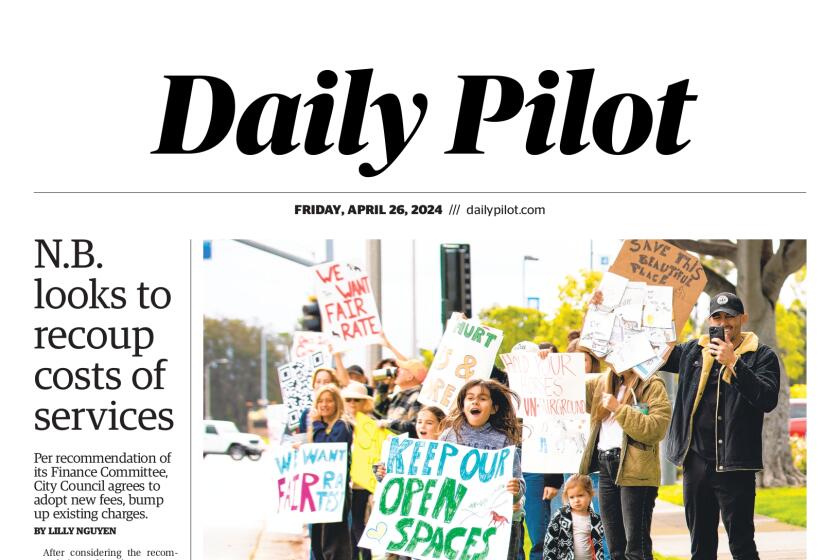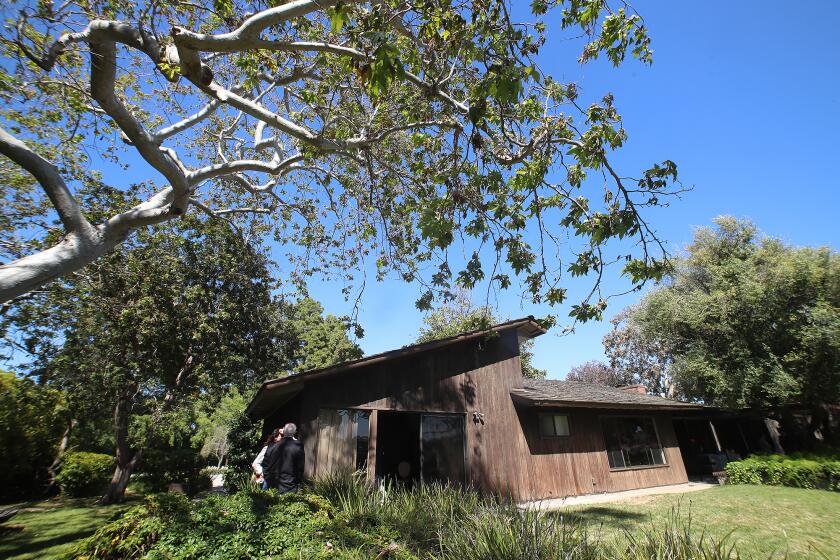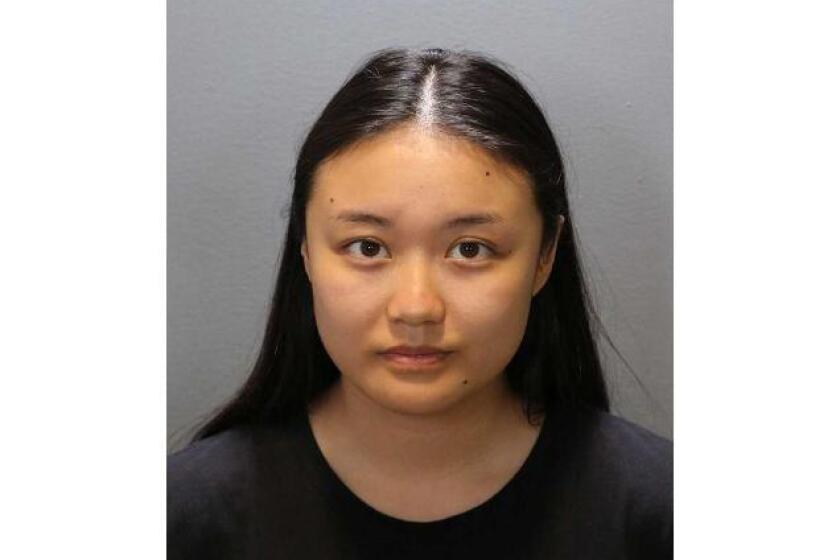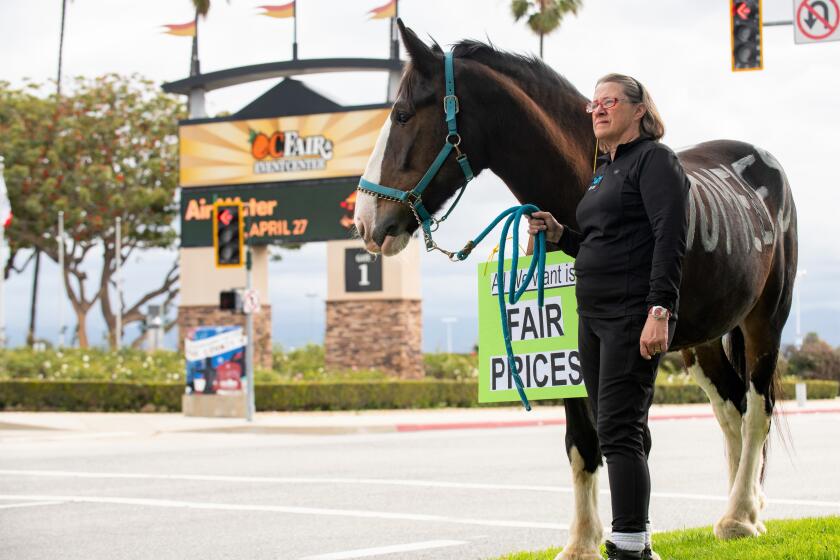Farming in the city
For Gene Barbee, tending his plot at the Huntington Beach Community Garden requires a lot of the fine tuning and proper conditions he is used to applying to his elite automobile and motorcycle racers.
The 69-year-old member of the Bonneville 200 MPG Club — membership means you have gone 200 mph on the 40-square-mile Bonneville Salt Flats in Utah — has been growing more than 10 types of fruits and vegetables for the past two years, including Brussels sprouts, tomatoes, asparagus, strawberries, pineapple and corn.
The garden is a nonprofit organization that allows participants to get back to the soil. Community garden vice president Carlina Thomas said the site contains about
110 plots and there’s a waiting list to get in.
Those who have plots pay $100 for a 20-by-15-foot full plot or $50 for a half plot annually, along with a $10 membership fee. Barbee has a full plot.
“I’ve always wanted to plant a garden, but I never had a place,” he said. “I have two dogs and I was running down the trail and I saw this, signed up and now I’m here.”
Tucked away behind the residences at the southeast corner of Brookhurst Street and Atlanta Avenue next to the Santa Ana River Trail is a Southern California Edison easement, a plot of land used by the electric company to park utility vehicles, Thomas said.
In March 2010, SCE and the city of Huntington Beach drafted a memorandum of understanding to allow the nonprofit to use the land until the company needs it, Thomas said.
“[Southern California] Edison wants to, in an emergency, be able to roll their trucks in and roll over our garden,” she said as the power lines buzzed overhead. “That’s the name of the game.”
Barbee said he isn’t concerned about SCE coming through and just focuses on growing his fruits and vegetables.
What stands out are his stalks of corn. He said his father, who grew crops in Nebraska, had given him some seeds for strawberry popcorn.
“It looks like a big strawberry. It’s all red,” Barbee said. “It’s basically an ornamental corn you can pop, but it doesn’t taste very good.”
Though the ears of strawberry corn are absent this time of year, about a dozen ears of white super sweet corn are nearing maturity in his plot.
“I put a little bit of butter and some basil on it, roll it up in tin foil and grill it,” Barbee said.
About 50 yards away is gardening novice Judy McNalty. The 66-year-old from Huntington Beach has been a member of the community garden for 1 1/2 years and said growing things is something that runs in her family.
“My grandparents were farmers at a big farm in Illinois,” she said. “I remember my grandma growing a lot of things in her backyard. I think it’s just part of my DNA, to tell you the truth.”
McNalty’s full plot isn’t as busy as Barbee’s, but she still has a wide array of tomatoes, tomatillos, lettuce and squash — and soon some potatoes — growing in her section.
“It’s a miracle that you can take a potato, let it sprout, cut it up, plant it and it becomes 20 potatoes,” she said. “You can see the abundance of food that you can grow in a relatively small area.”
Barbee and McNalty have seen themselves relying more on their harvests and buying less produce from the grocery store.
“My husband and I are both willing to eat squash every night,” McNalty said. “Squash, tomatoes and cucumbers. That’s fine. And the taste is unbelievable.”
And if people grow more than they need, the community garden has a harvest brigade, Thomas said.
Members are asked to donate at least 10% of what they grow. The collected produce goes to 12 local nonprofits, including Colette’s Children’s Home, Thomas said.
“One of the great benefits here is whatever we’re growing, we’re sharing with the needy and our community,” she said.
All the latest on Orange County from Orange County.
Get our free TimesOC newsletter.
You may occasionally receive promotional content from the Daily Pilot.



